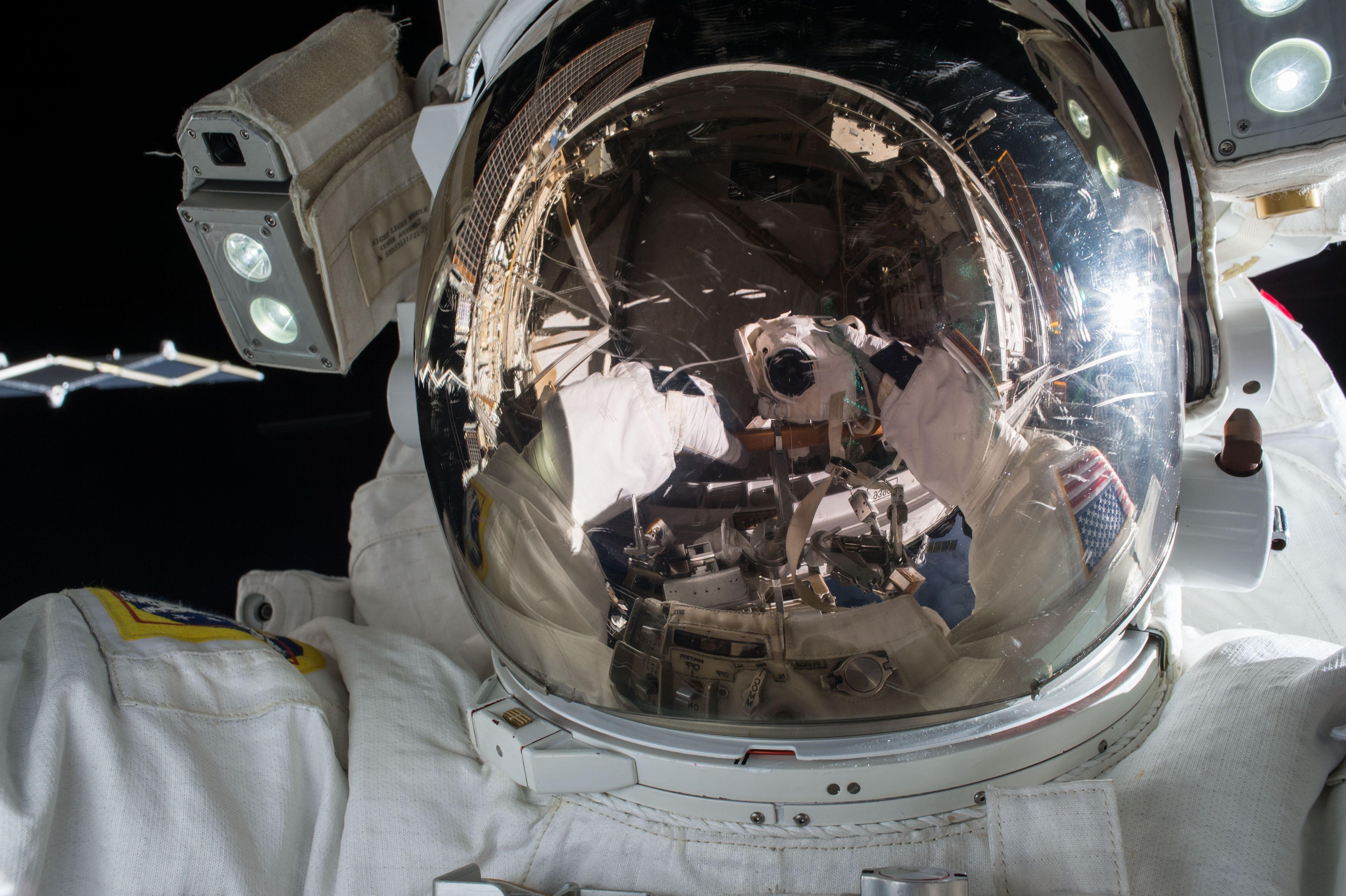Stop! Hammer time: NASA’s plans to prevent asteroids hitting Earth
NASA plans to develop its own HAMMER (not to be confused with MC Hammer) to ensure asteroid Bennu ‘can’t touch this’ Earth.
Asteroids harmlessly pass Earth all the time, but an asteroid affectionately known as Bennu is causing quite the stir in NASA’s headquarters – enough to trigger plans for a nuclear warhead directly aimed towards it.
The asteroid Bennu is currently orbiting the Sun a cosy 54 million miles away from Earth, but scientists estimate that during a flyby past Earth in the year 2135, Bennu will hit a special orbit-altering “keyhole”, deflecting its trajectory for a collision course with Earth later on in the century. Though there is only a 0.037% chance (about 1 in 2,700) that the asteroid will hit Earth, it is estimated that its impact will be 80,000 times stronger than that of the Hiroshima atomic bomb. For something this devastating, NASA wants to ensure there is a plan in place in the event of a global emergency.
Bennu will hit a special orbit-altering “keyhole”, deflecting its trajectory for a collision course with Earth later on in the century
The Hypervelocity Asteroid Mitigation Mission for Emergency Response spacecraft, HAMMER for short, would be developed by NASA, along with the National Nuclear Security Administration and two Energy Department weapons labs in the event that any asteroid comes too close to Earth for comfort. The idea was developed from a 2010 report published in the journal Acta Astronautica about defending our planet from near-Earth objects (NEOs).
In the report, it is stated that “the two realistic responses considered are the use of a spacecraft functioning as either a kinetic impactor or a nuclear explosive carrier to deflect the approaching NEO.” According to the report, the HAMMER spacecraft would consist of an 8.8-ton “impactor” designed to ‘nudge’ asteroids delicately out of Earth’s orbit and back into the Sun’s orbit.
HAMMER would be developed by NASA… in the event that any asteroid comes too close to Earth for comfort
The report proceeded to outline a variety of scenarios. For example, if Earth started launching HAMMER missions just 10 years before the impact, “it was determined that it could take between 34 and 53 launches of the Delta IV Heavy rocket, each carrying a single HAMMER impactor, to make a Bennu-class asteroid miss the Earth.” Trying to nudge Bennu out of Earth’s orbit would simply not be feasible.
The HAMMER spacecraft, in scenarios such as the collision of Bennu, can act as a delivery vehicle for a nuclear warhead. The aim is for the nuclear explosive to be detonated some distance away from the asteroid, allowing the vaporisation of part of the surface and creating a rocket-like propulsion effect to deflect its course from Earth.
Trying to nudge Bennu out of Earth’s orbit would simply not be feasible
As 2135 approaches, it will be made clearer whether Bennu could actually hit Earth. Such an impact would likely devastate the local area, killing millions of individuals and wildlife, but it would fall short of wiping out civilization or causing a mass extinction, experts have said.
But we still have time on our hands, technology could advance in the decades to come, allowing for the development of innovative, novel technologies, such as advanced kinetic impactors capable of shifting even larger asteroids out of orbit. Of course, if it doesn’t all work out how we hoped, we’ll still have the nuclear option as humanity’s saving grace.

Comments